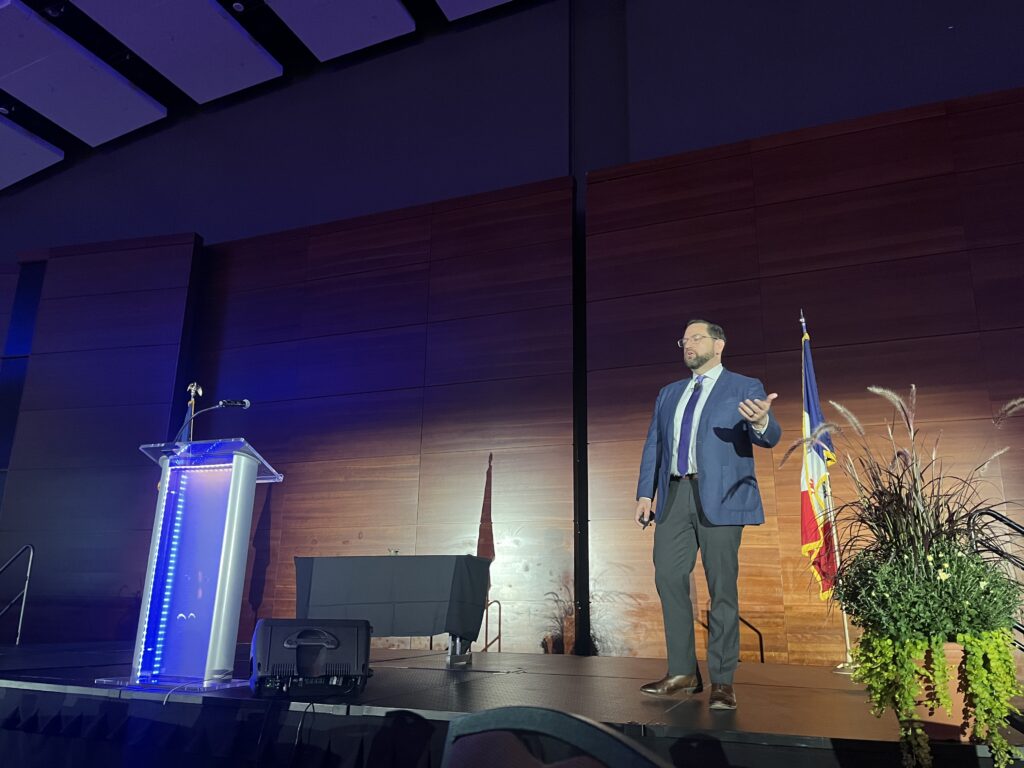Iowa now allows ‘construction manager at risk’ delivery method for Iowa public projects

BPC Staff Sep 6, 2022 | 8:10 pm
5 min read time
1,076 wordsAll Latest News, Government Policy and Law, Real Estate and DevelopmentEditor’s note: The following is a column written by Jodie McDougal, a construction and real estate attorney and shareholder at the Fredrickson & Byron, PC, about Iowa’s construction manager at risk project delivery method for public projects.
By Jodie McDougal
Construction law is not an area with large or frequent changes, but apparently every five years Iowa is due for a change.
In addition to allowing CMAR on public projects, SF183 has two other components.
· The new law prohibits the Iowa Board of Regents from using design-build contracts.
· The law prohibits public entities from using fee-based selection of an architect, landscape architect, or engineer for a public project, confirming existing law.
Now, let’s turn to the process and rules that must be followed by public entity-owners and construction managers who wish to utilize the CMAR project delivery method.
Public entity’s posting of its RFQ
If a public entity intends to utilize the CMAR method, such owner must publicly disclose its intent to do so at least 14 days prior to posting a Request for Statement of Qualifications (RFQ) seeking a contractor to serve as a CMAR.
After that 14-day period, the public entity posts its RFQ. The selection criteria within the RFQ must comply with Iowa Code Section 26A.3(3). During this part of the process, price proposals are not requested. The new law sets forth the specifics of the RFQ, including locations of posting, timing and specific content.
Importantly, the RFQ shall not include “training, testing, or other certifications that may only be obtained through organized labor affiliations or other limited-membership organizations.” In that regard, the law provides that a “governmental entity shall not . . . stipulate criteria that would directly or indirectly restrict the selection of a construction manager-at-risk to any predetermined class of providers based on labor organization affiliation.” (Section 26A.3(3)(a)(3))
Next, the public entity opens and evaluates the responses to the RFQ.
Public entity’s posting of its RFP
The public entity then issues a Request for Proposal (“RFP”) to each contractor who meets the qualifications in the RFQ. The RFP must include selection and evaluation criteria that also complies with Section 26A.3(3).
Public entity’s selection of the CMAR
Next, the public entity opens and evaluates the proposals according to the selection criteria, with the public entity selecting the CMAR who submits the proposal that offers the “best value” to the public entity based on the published selection criteria and on its ranking evaluation.
“Best value” is not defined under the law, but that phrase is clearly different than the general standard under Iowa’s public bidding law of the “lowest responsive, responsible bidder.” This is a significant aspect of the new law.
CMAR’s delection of its subcontractors and suppliers
Under the law, the CMAR is required to bid out all work to be performed by its subcontractors and suppliers, with one exception for smaller instances of self-performed work.
The CMAR must issue its own RFQ for subcontractors, and the new law sets forth further specifics of the RFQ, including locations of posting, timing and specific content.
Like owners, CMARs shall not be obligated to adhere to any labor union agreement for those trade contracts that are not self-performed. The law specifically provides that the terms of such agreements are unenforceable.
All subcontractors and suppliers who meet the prequalification criteria may then submit a bid for the relevant trade packages.
Next, the CMAR and public entity both open and evaluate the bids. The subcontractor and supplier contracts must be awarded to the “lowest responsive, responsible bidder,” which has been the long-standing standard under Iowa’s existing public bidding laws.
What’s next?
From here, public owners, construction managers, subcontractors, suppliers, and their respective attorneys will begin the tasks of educating themselves on the law, implementing the law to the extent they are involved in CMAR public projects, and answering the questions that will inevitably arise in their implementation of the new law.
McDougal can be reached at Jmcdougal@fredlaw.com.











